
Multi coloured geranium leaves wow the crowds at Flower Dome , Singapore Geraniums, Plants
Different types of chlorosis can appear in geraniums. For example, chlorotic yellow spots form all over the leaves, or chlorosis begins on the leaf margin or elsewhere on the leaves. What all chloroses have in common is the discoloration of the green leaves to yellowish, which can lead to the death of the leaf tissue, so-called necrosis.

Geranium 'First Yellow Improved' Annual Bedding Plants Van Meuwen Annual bedding plants
More often than not, yellowing leaves on a potted geranium are a clear sign that something is wrong with the plant's health or surrounding environment. Plant foliage appears yellow because it lacks sufficient chlorophyll — a condition called chlorosis. Nutrient deficiencies and disease are often to blame for this symptom.

Geranium 'First Yellow Improved' Geraniums, Yellow flowers, Flowers
This is a fungal disease that causes yellow spots to appear on upper leaves that have white (ish) blisters on the leaf's underside. The yellow rings eventually develop brown spots (rusting) causing all the leaves to wilt, yellow then eventually drop. Pelargonium rust can affect houseplants and garden shrubs.

Why Are My Geranium Leaves Turning Yellow? (7 Potential Reasons to Consider) The Practical Planter
For true geraniums presenting with yellowing leaves, many of the causes are the growing climate. These are full sun loving plants that don't do well in cooler temperatures or when there's inadequacies with their watering requirements. Generally, the better the growing climate, the better geraniums grow.

Why Are My Geranium Leaves Turning Yellow? (7 Potential Reasons to Consider) The Practical Planter
The first reason why geranium leaves can turn yellow applies to pelargoniums rather than hardy geraniums, but it's worth knowing if these are what you're growing as both go by the name geranium. 'It is quite common for the lower leaves on plants to turn yellow and fall off,' explains Amateur Gardening expert Steve Bradley.

Why Do Geranium Leaves Turn Yellow? (Know 4 Reasons)
Why Do My Geraniums Have Yellow Leaves? The yellowing of leaves is called chlorosis. This term describes the phenomenon that occurs when environmental factors cause the leaves of plants to produce insufficient amounts of chlorophyll. This leads to otherwise lush, green foliage losing its vibrancy.

Pin em Flowers
Yes, yellow leaves on geraniums should be removed. Yellowing leaves can generally be caused by a lack of nutrients or water, pests, diseases, and environmental conditions. Removing these leaves will help encourage new growth and prevent the spread of any potential issues. You should also examine the plant closely to try to diagnose the cause of.
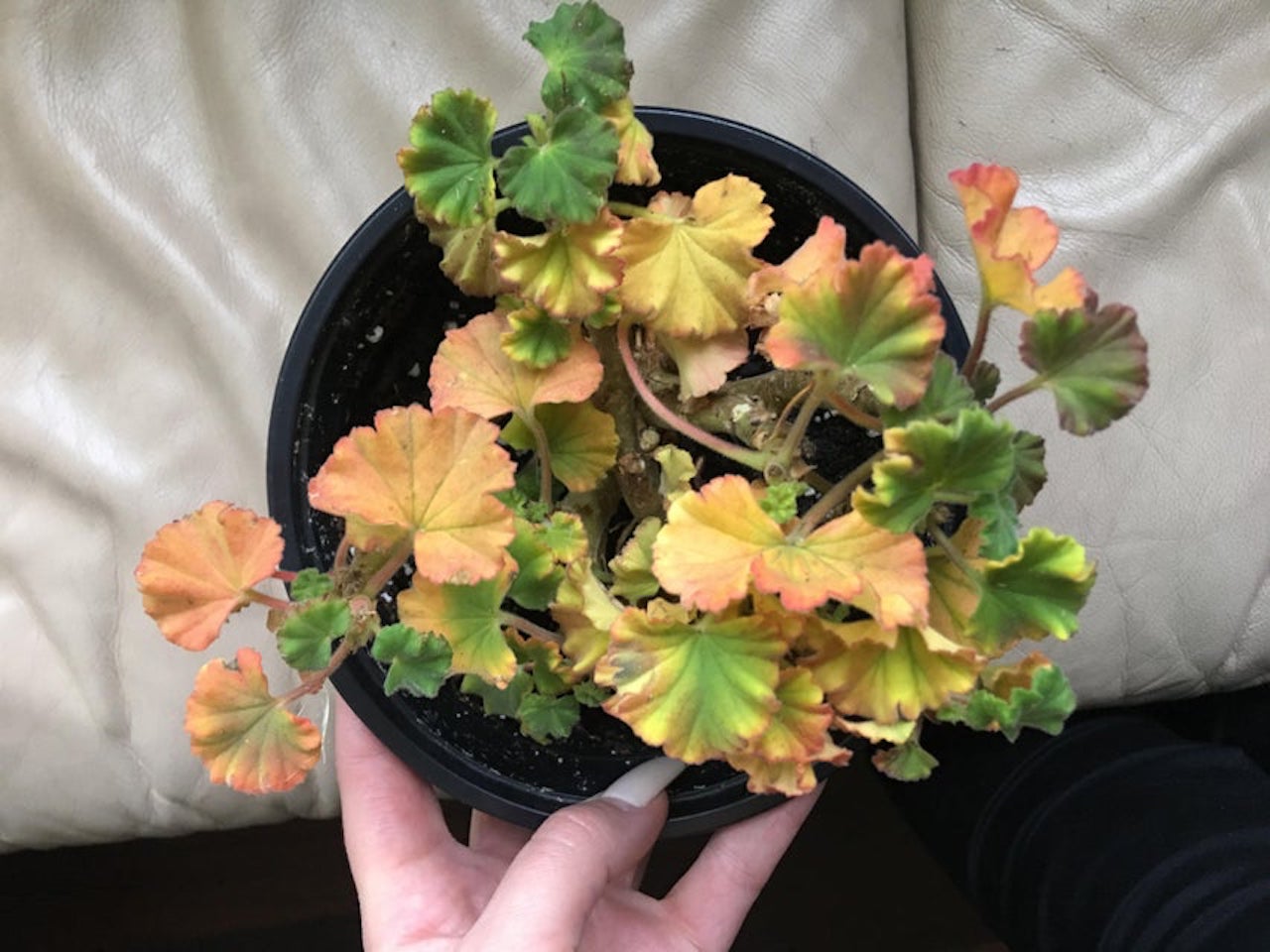
Yellow leaves of the geranium what is happening? Complete Gardering
Geranium leaves with yellow edges or yellow tipped leaves on geraniums are usually attributed to a lack of water or dehydration. While geraniums are drought-tolerant, they do need some water. In these instances, you can feel the soil to determine just how dry the plants may be and water accordingly.
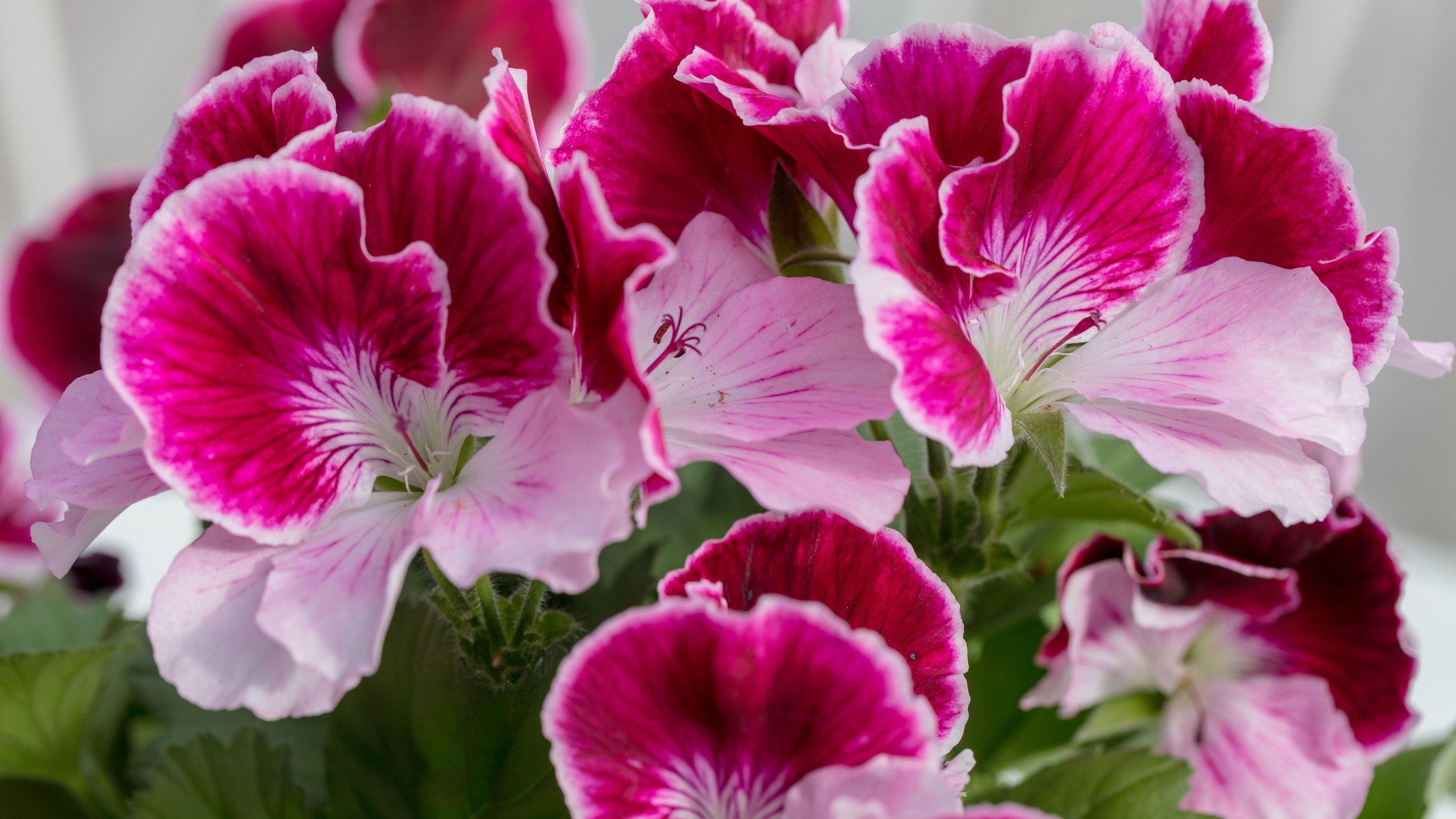
Why are my geranium leaves turning yellow? Gardeningetc
If your geranium has yellow leaves due to overwatering, it's important to act quickly to prevent further damage to the plant. With proper care and attention, your geranium can recover and thrive. Avoiding Overwatering Before watering your geraniums, check the soil moisture by sticking your finger about an inch into the soil.

'First Yellow' Geranium>about time they made a yellow one Geraniums, Plant breeding
Sudden Temperature Drops. This mainly affects pelargoniums, but can also affect hardy geraniums. Pelargoniums like warm temperatures, and using cold water or exposing the plant to sudden or prolonged cold spells can result in the leaves turning yellow. It's pretty easy to diagnose this problem by simply checking the weather reports.
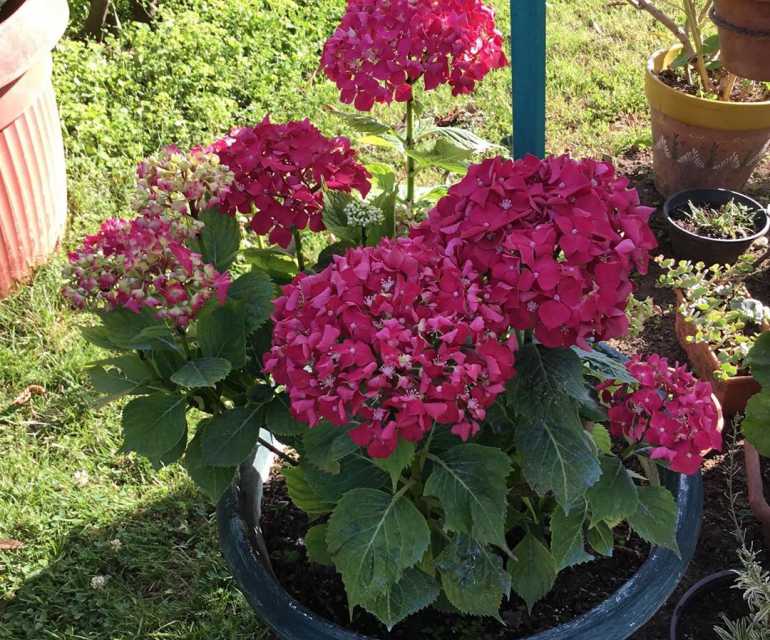
Causes of Yellow Leaves on Geraniums and How to Care for Them
Another common reason that can cause your geranium leaves to start turning yellow is too much cold. Geraniums thrive in the warmer climates and having a cold snap or frost can damage a geranium if not cared for. Not enough light can also cause a yellowing of leaves if there is too much shade.
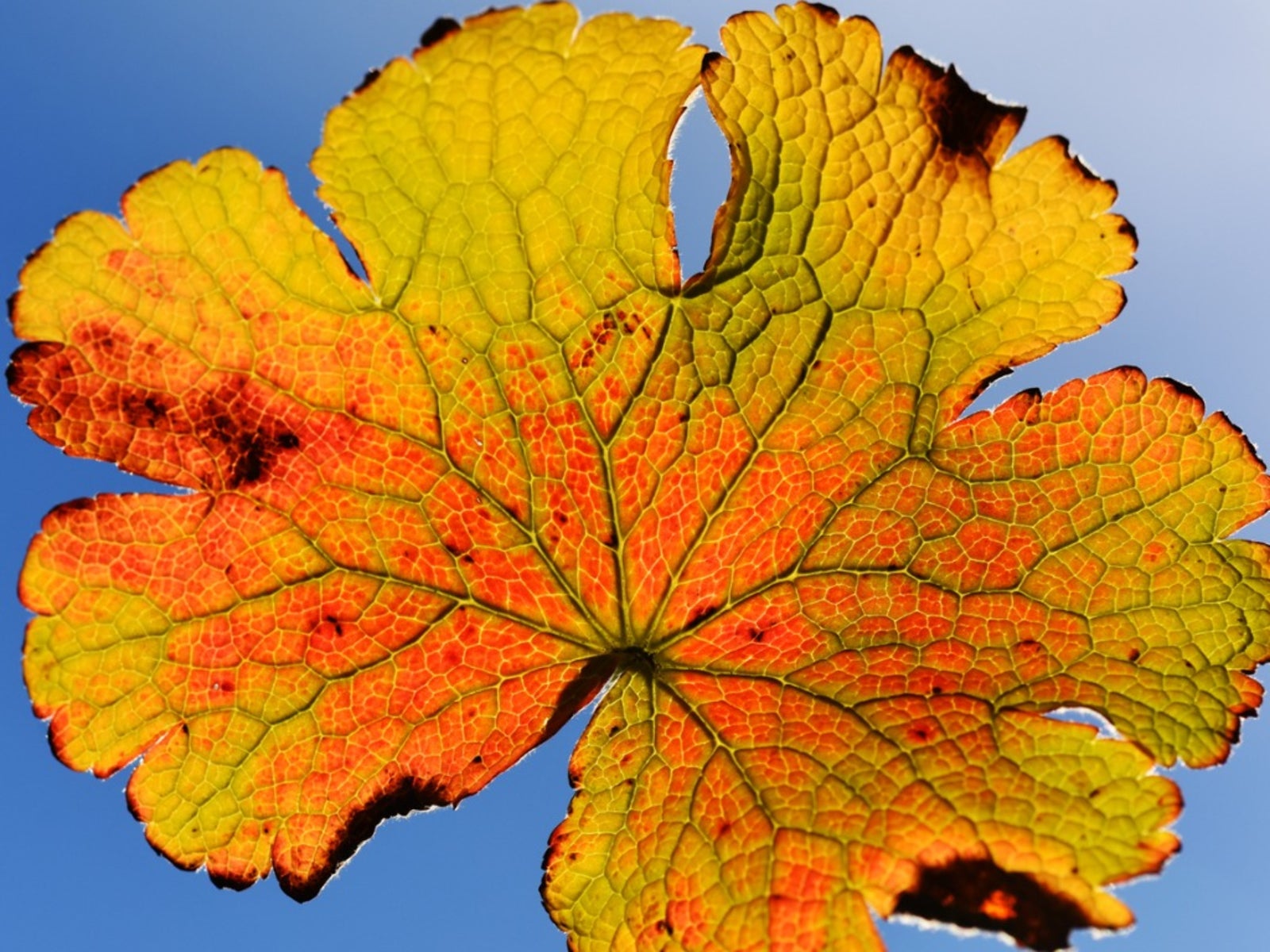
Geranium Leaves Turning Yellow Reasons Why Geraniums Have Yellow Leaves
Final Thoughts on Geranium Leaves Turning Yellow. The numerous factors that can cause geranium leaves to turn yellow might seem overwhelming. However, proper care is usually the key to addressing most potential causes. Reevaluate the current maintenance routine whenever a houseplant develops yellow leaves.
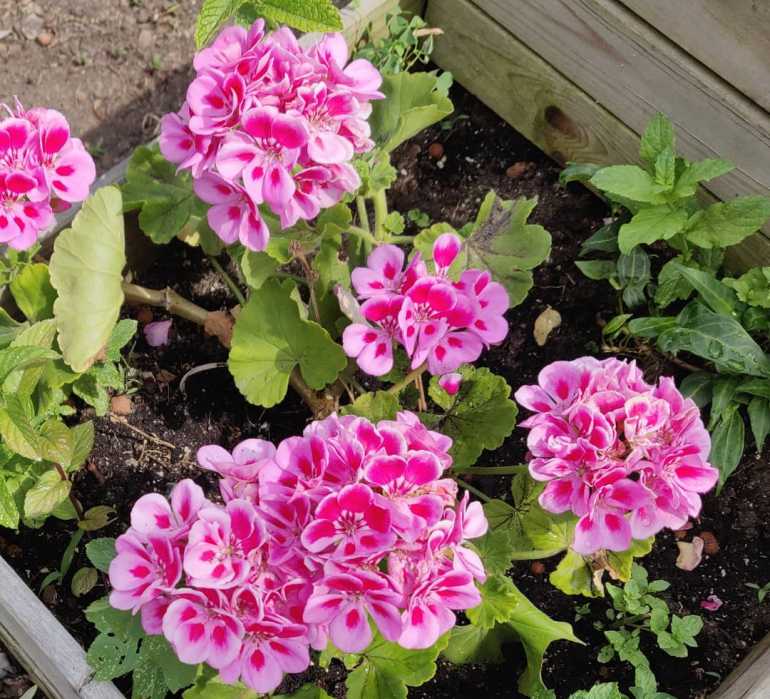
Causes of Yellow Leaves on Geraniums and How to Care for Them
1. Over-Watering One cause of yellow leaves on geraniums is over-watering. Geraniums like to be kept in moist but not wet or soggy soil. If you're watering your geraniums every day or even every other day, that's probably too much. Water your geraniums once a week, and ensure the pot has good drainage so the roots don't sit in water.

Geranium Leaves Turning Yellow Everything You Need To Know With Some Helpful Solutions
Yellowing leaves typically mean the plant is dying, right? Fortunately, many of the reasons a geranium's foliage might turn yellow can be reversed by changing how you care for it before it's.
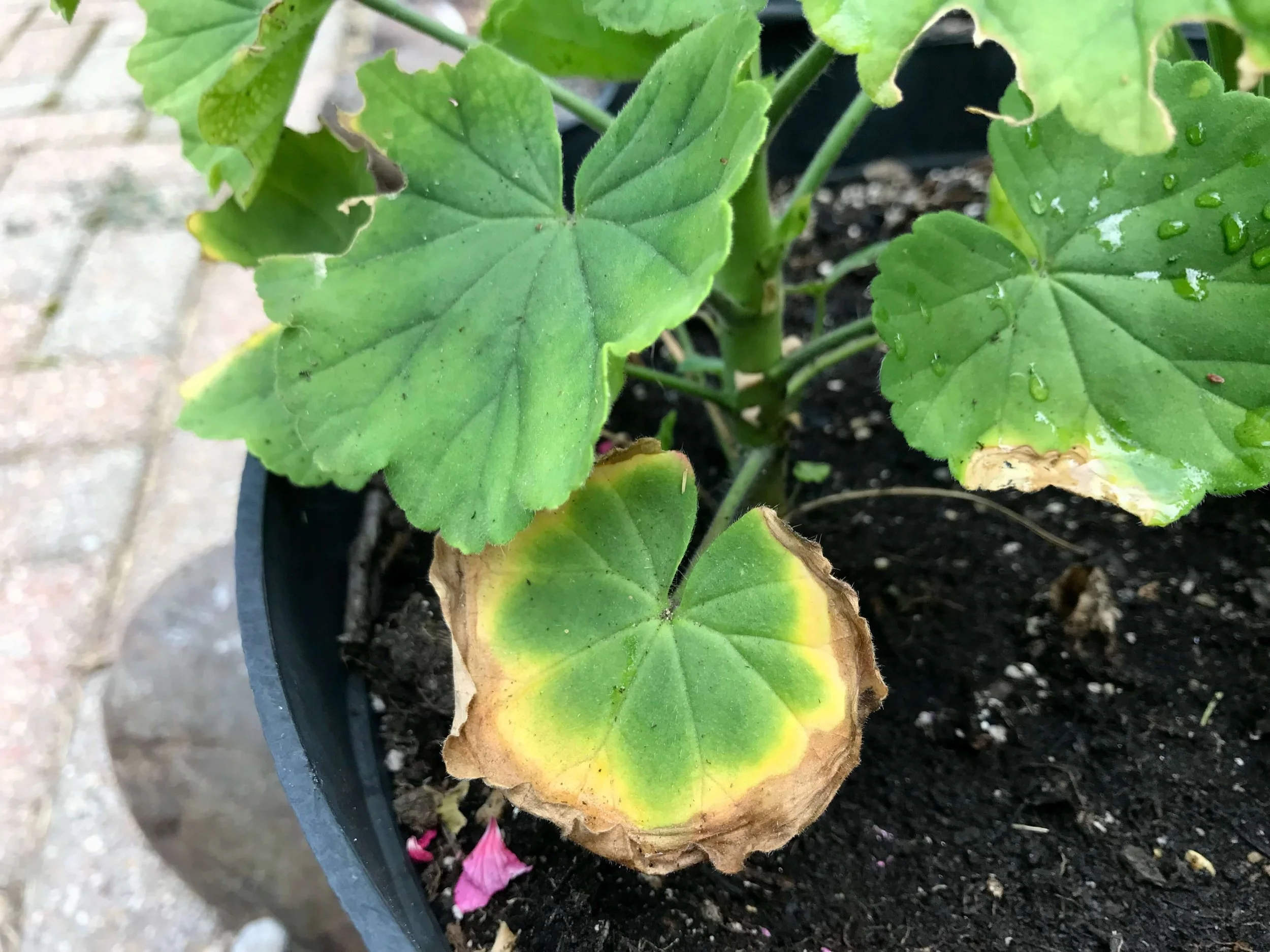
Why Your Geranium Leaves Are Turning Yellow and Solutions — Gardening, Herbs, Plants, and
Relocate Geraniums from radiators, heaters, coolers, or north-facing drafty windows in winter. Mist the potting soil during the dry spells to let the excess water evaporate and heat up the leaves. 5. Improper Soil. Improper soil is one of the most common causes of Geranium leaves turning yellow.

WHY ARE MY GERANIUM LEAVES TURNING YELLOW? The Garden of Eaden
Yellowing leaves on hardy geraniums are a sign of too much water. They are well adapted to dry conditions and only need watering when the top 1 inch of soil is dry to the touch. To prevent overwatering, make sure to plant in well-draining garden soil, or in containers with large drainage holes. Underwatering